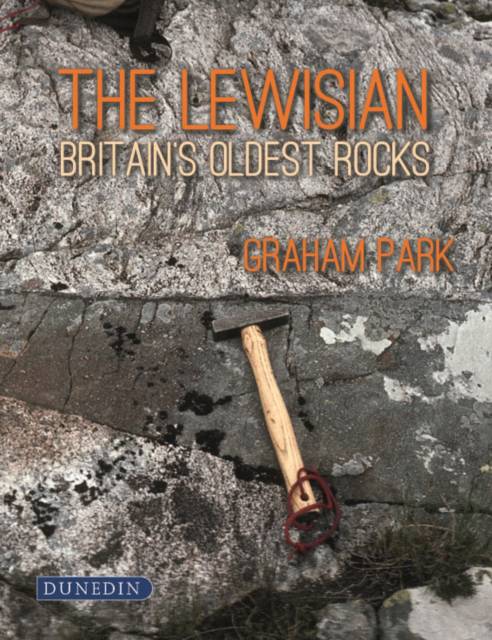
- Retrait gratuit dans votre magasin Club
- 7.000.000 titres dans notre catalogue
- Payer en toute sécurité
- Toujours un magasin près de chez vous
- Retrait gratuit dans votre magasin Club
- 7.000.0000 titres dans notre catalogue
- Payer en toute sécurité
- Toujours un magasin près de chez vous
Description
The first 2,500 million years of the geological history of Britain are stored in the gneisses of the Lewisian Complex of North West Scotland. This book explores the long journey of discovery in which this history has been gradually deciphered since the end of the 19th Century when these rocks were first investigated in detail. The usual tools of stratigraphic investigation were of no value in dealing with such a complex assemblage of highly deformed and metamorphosed rocks; there was no fossil evidence and few signs of recognisable sedimentary strata.
This book charts the increasing sophistication of the geochronological and geochemical techniques used to decipher the complex. The first important breakthrough was the recognition that a set of intrusive metamorphosed dykes could be used, perhaps, to separate episodes of deformation and metamorphism that occurred before the dykes were intruded, from those that occurred subsequently.
Geochronological dating methods evolved from the first relatively crude potassium-argon and uranium-lead dates in the 1950s to the present amazingly accurate lead isotope dates. Geochemical techniques have also advanced to the point when mafic igneous assemblages can be identified as having oceanic volcanic arc signatures or were the products of intra-continental magmatism. Thus, from a stratigraphy composed of three events, Scourian, dyke intrusion and Laxfordian, has grown a complex history covering many separate events of igneous, metamorphic and tectonic activity spanning 2,500 million years of Precambrian time.
Much of the extensive literature on the Lewisian is highly specialised and not easily accessible to the general reader; this book is an attempt to distil the most important results of this research into a more user-friendly form. It will appeal to many geologists including students, geological visitors to the North West of Scotland and academics seeking a readable account of remarkable and significant advances in earth science.
Spécifications
Parties prenantes
- Auteur(s) :
- Editeur:
Contenu
- Nombre de pages :
- 336
- Langue:
- Anglais
Caractéristiques
- EAN:
- 9781780460987
- Date de parution :
- 21-04-22
- Format:
- Livre relié
- Format numérique:
- Genaaid
- Dimensions :
- 205 mm x 263 mm
- Poids :
- 1306 g

Les avis
Nous publions uniquement les avis qui respectent les conditions requises. Consultez nos conditions pour les avis.






